
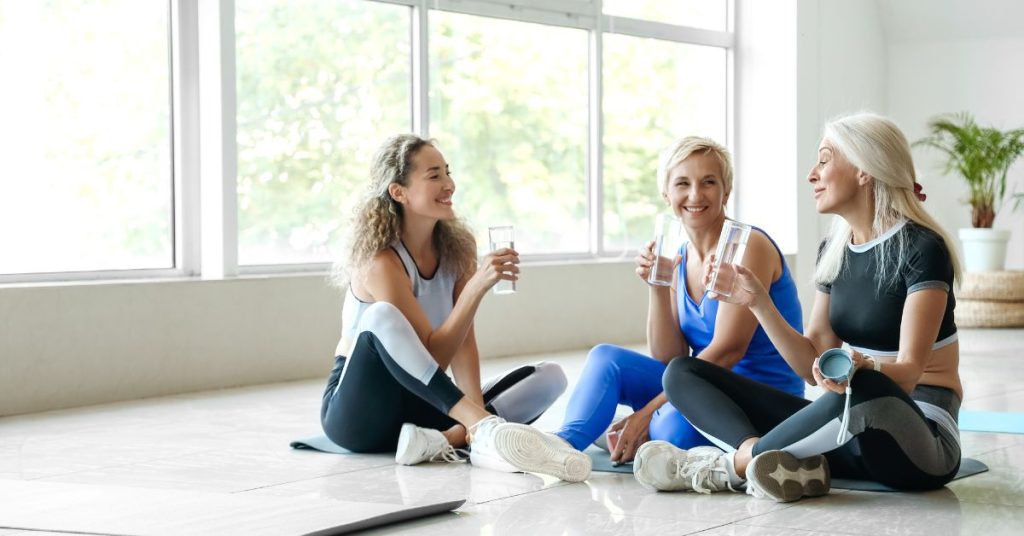
Menopause is the natural hormonal change that accompanies the end of a woman’s fertility. It usually begins during the late 40s or early 50s but can also be triggered by a hysterectomy. It is a natural transition in a woman’s life and not something to be afraid of, but understandably it can also be a source of stress and discomfort.
Data from the Study of Women’s Health Across the Nation (SWAN)—a three-decades-long study currently in its sixth funding period—indicates that up to 80 percent of women in the US experience vasomotor symptoms (VMS) of night sweats and hot flashes “with the highest reporting occurring during the transition from early to late perimenopause [the transition period before menopause].”[1] Frequent VMS persist, “in contrast to long-held beliefs,” for more than seven years.
These very prevalent symptoms plus other effects of menopause, which include fatigue, depression, mood swings, sleep complaints, sexual dysfunction, changing cognitive performance, increased cardiovascular disease risk, and reduced bone mineral density, mean that menopause is not only a significant part of many women’s lives but is also a hugely important topic for research.
There is a long way to go in understanding all of the underlying mechanisms of menopause and perhaps an even longer way to go in prioritizing women’s health research more broadly. The long, troubling history of untested hormone therapy illustrates the negligence plaguing standard medical treatment for women.[2] Nevertheless, there has been a significant increase in research on menopause throughout the past few decades. We know from this evidence that women can help ease their transition through this phase of life by adhering to a few relatively simple lifestyle modifications.
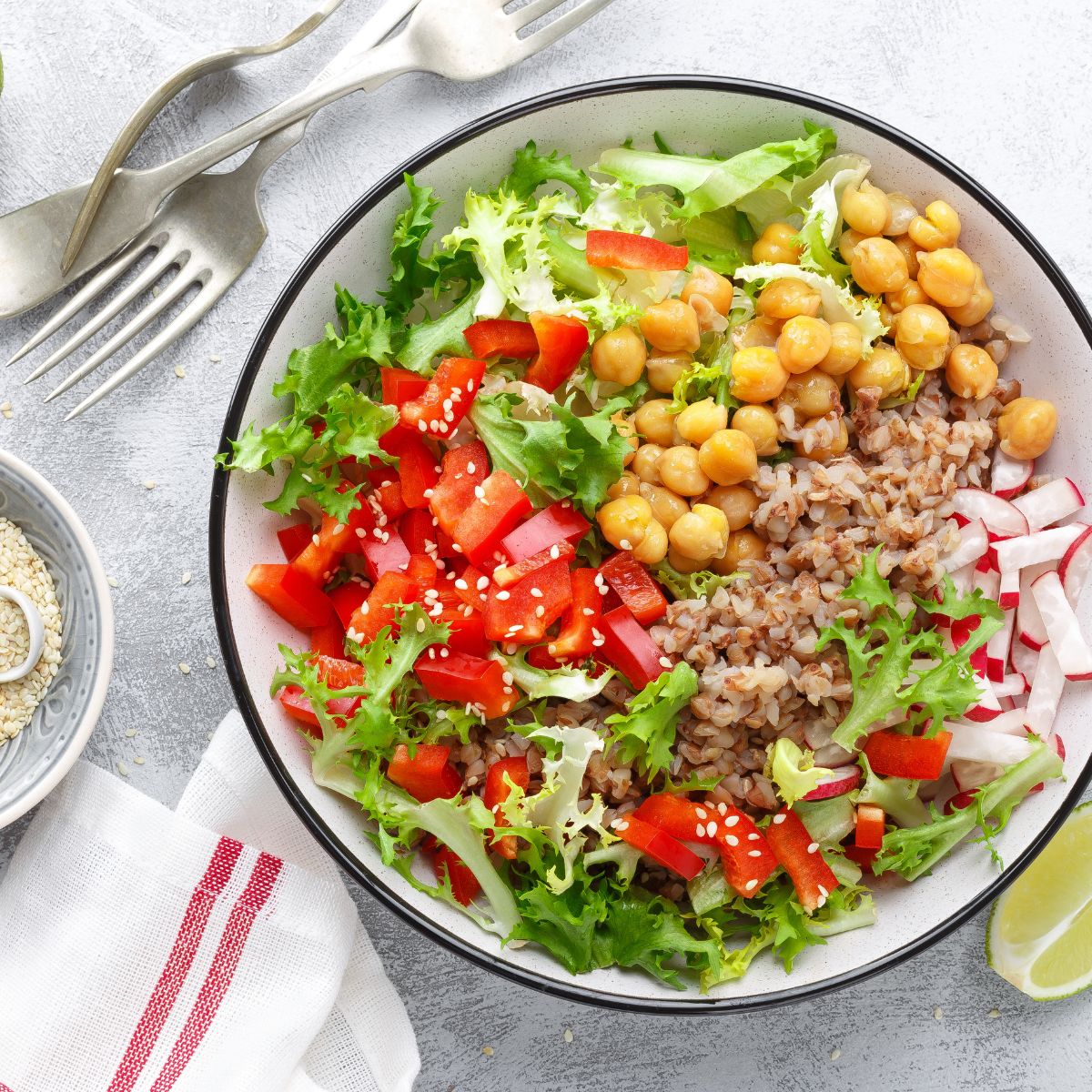
Many women, even women who have hysterectomies, never suffer from typical menopause symptoms. Could this be at least in part because they eat well? Forget the speculation. What does the research say?
I could go on and on and on—there is a ton of research on the particular ability of isoflavones, found in soy foods, to manage various effects of menopause—but the bottom line is that an anti-inflammatory diet comprised of an abundance of plant-based foods can set you up for an easier transition.[11][12][13][14][15][16][17][18][19][20] If you want a single takeaway from this article, let it be this.
But still, there is more you can do.
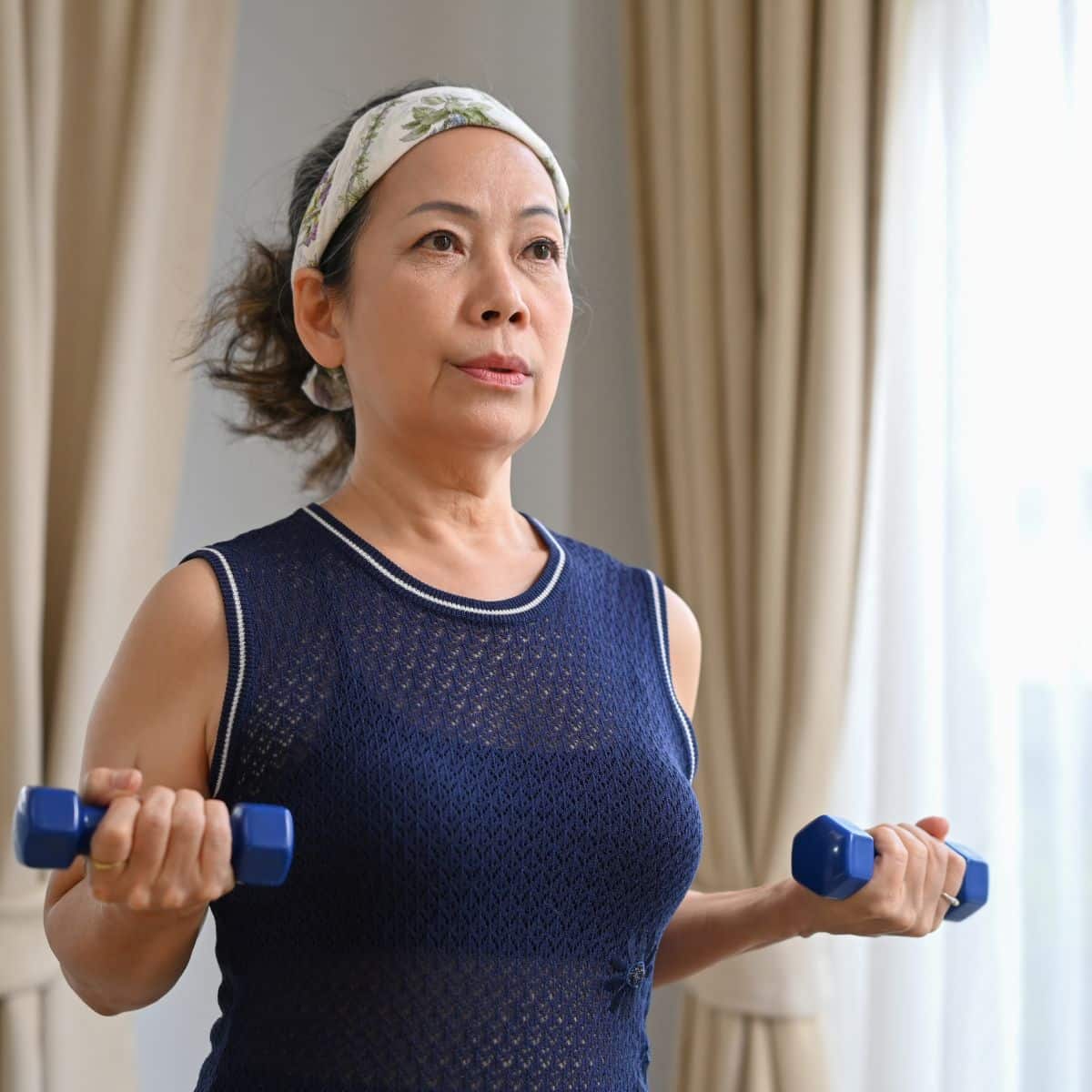
Data from the aforementioned SWAN “point strongly to midlife as a window of opportunity for maintaining or establishing positive health behaviors to prevent poor health outcomes or disability later in life.”[1] Two of the three most important health behaviors you already know about—smoking cessation and, as already discussed, a healthy diet. The third is just as obvious: exercise.
But the data show that these pillars of a healthy lifestyle are very poorly adhered to by the vast majority of the population: only 1.7 percent of women in this data set managed to meet all three recommendations over time.[21] Not only is this nowhere near good enough if we want to be a healthy population, but it is also starkly at odds with the perceptions of the study participants. More than 90 percent of the women in each of the three lowest assessment score ranges self-rated their health quality as good or excellent/very good, indicating what looks like mass delusion. But in fact, this inability to judge our health is quite normal. In a study on the reliability of self-rated health in US adults aged 20–80, researchers found that more than 83% of respondents judged their health to be excellent, very good, or good.[22] It seems that despite being surrounded by numerous health epidemics, we as individuals maintain a remarkable, unfounded optimism. “Whatever the source,” they conclude, “our findings imply substantial measurement error in self-rated health among US adults.” (On a related note, three-fourths of Americans surveyed in 2016 said they had a healthy diet, despite all evidence to the contrary.)[23]
But back to exercise. Of course, it’s healthy—we know it’s healthy. This is true at any stage of life, including during and after menopause. However, the evidence of its effect on specific menopause-related conditions or symptoms might not be as much of a slam dunk as you would expect, for a few reasons:[24]
So, although numerous studies have demonstrated that exercise can reduce symptoms, others are not as conclusive. The evidence on exercise and vasomotor and sexual symptoms is perhaps weaker than for other menopausal symptoms. Nevertheless, even if we cannot say whether it works equally well for all symptoms of menopause, there is no question that exercise remains a central part of a healthy lifestyle. It supports overall long-term well-being—it is critical to bone, cardiovascular, metabolic, psychological, and immunological health—and there are no true downsides unless you include the risk of injury.[24][25] It’s no wonder “physically active women during and after menopause are less stressed and have better overall quality of life.”
It’s also worth emphasizing that exercise and nutrition complement each other excellently. When we eat an optimal WFPB diet, we support increased energy and stronger recovery. In laboratory experiments, rats fed a low-animal protein diet engaged in more voluntary exercise.[26][27]
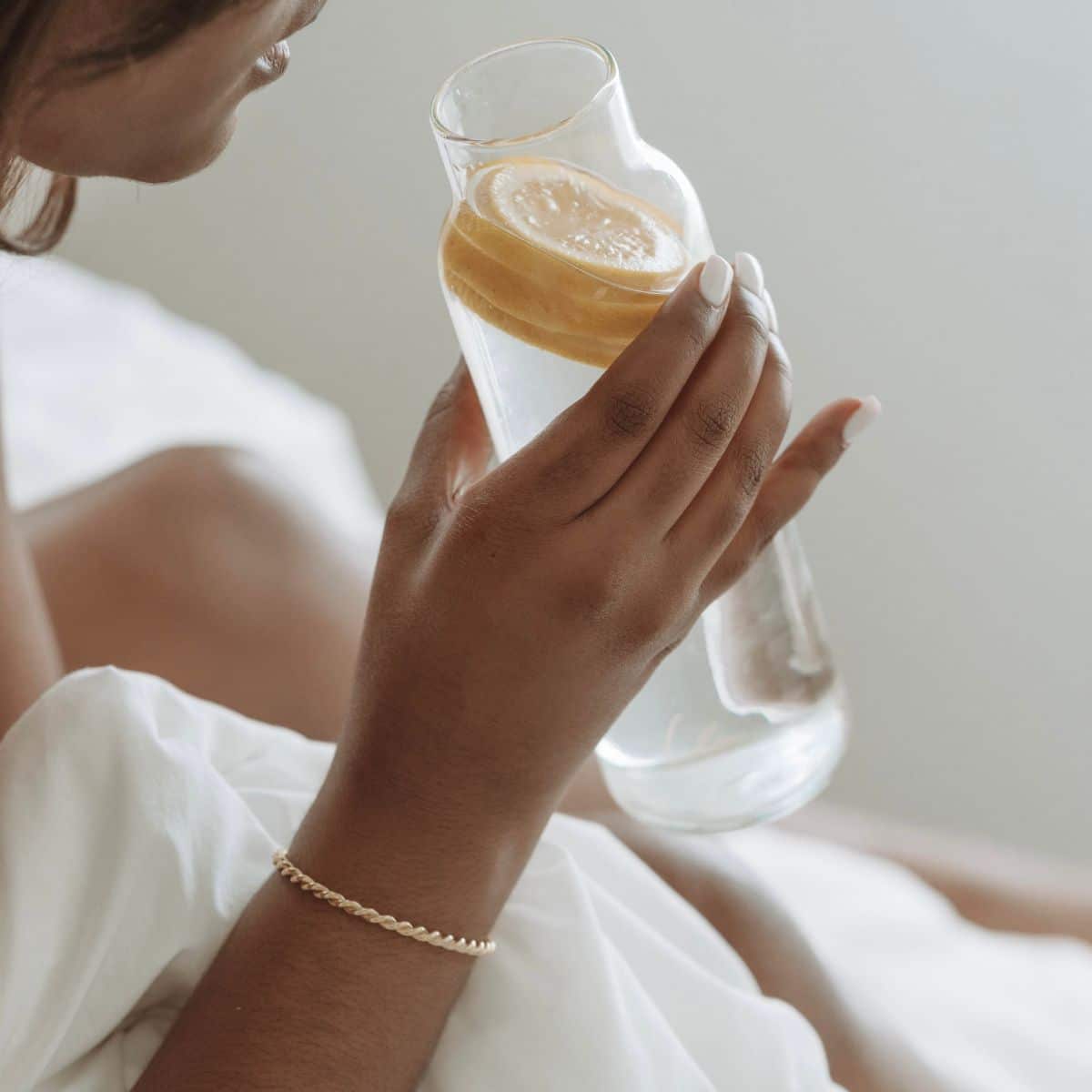
We should always aim to stay hydrated, but making sure we drink enough water may be extra important as we age. According to research conducted at Yale, “there is an age-related blunting of thirst sensation during exercise and water deprivation.”[28] It takes longer for older individuals to restore body fluid homeostasis, and older individuals also eliminate water more slowly. Furthermore, estrogen and progesterone exposure, as in menopausal women using hormone therapy, can have effects on body fluid regulation, sodium regulation, and increases in blood pressure that often accompany menopause.
Women coping with vasomotor symptoms (hot flashes and night sweats) may be at even greater risk of dehydration.[29] Finally, staying well-hydrated can directly or indirectly help you counteract some of the other most common menopause symptoms: bladder irritation, dry skin, headaches, brain fog, and achy joints.
So, make sure to drink enough water! And remember, just because you are drinking liquid does not mean it is hydrating. Avoid alcohol. In addition to its many well-documented adverse effects, it is also a diuretic and should not be a part of your hydration strategy. I was surprised to find a couple of research studies that suggested alcoholic beverages were no worse than water at rehydrating athletes after exercise and that only stronger alcoholic beverages result in a diuretic effect in older men.[30][31] In reviewing the methodologies, however, some of the choices did not seem to make much sense. For instance, in the study involving older men, the researchers only gave participants 30 grams of alcoholic beverage—just a little more than one ounce. Hardly a real-to-life simulation! Everything made sense to me when I discovered that the studies were funded by the Dutch Beer Institute.
Studies funded by the Coca-Cola Company also concluded that beverage composition did not affect hydration status.[32][33] Surprise, surprise! Other researchers have presented what is by my judgment more convincing evidence that caffeine-containing beverages within normal ranges of consumption do not undermine hydration as much as we are often warned they do, but these studies are not without their own conflicts of interest.[34][35][36] After all, who would ever fund such studies if not the industries that stand to profit? If you want to learn more about different drinks and hydration, I recommend you read the studies yourself and consider the range of merits and dangers of each of these beverages; or, if you would rather, stick to water!
One method for ensuring hydration is to drink a glass of water first thing in the morning as soon as you get out of bed and then also before and after meals.
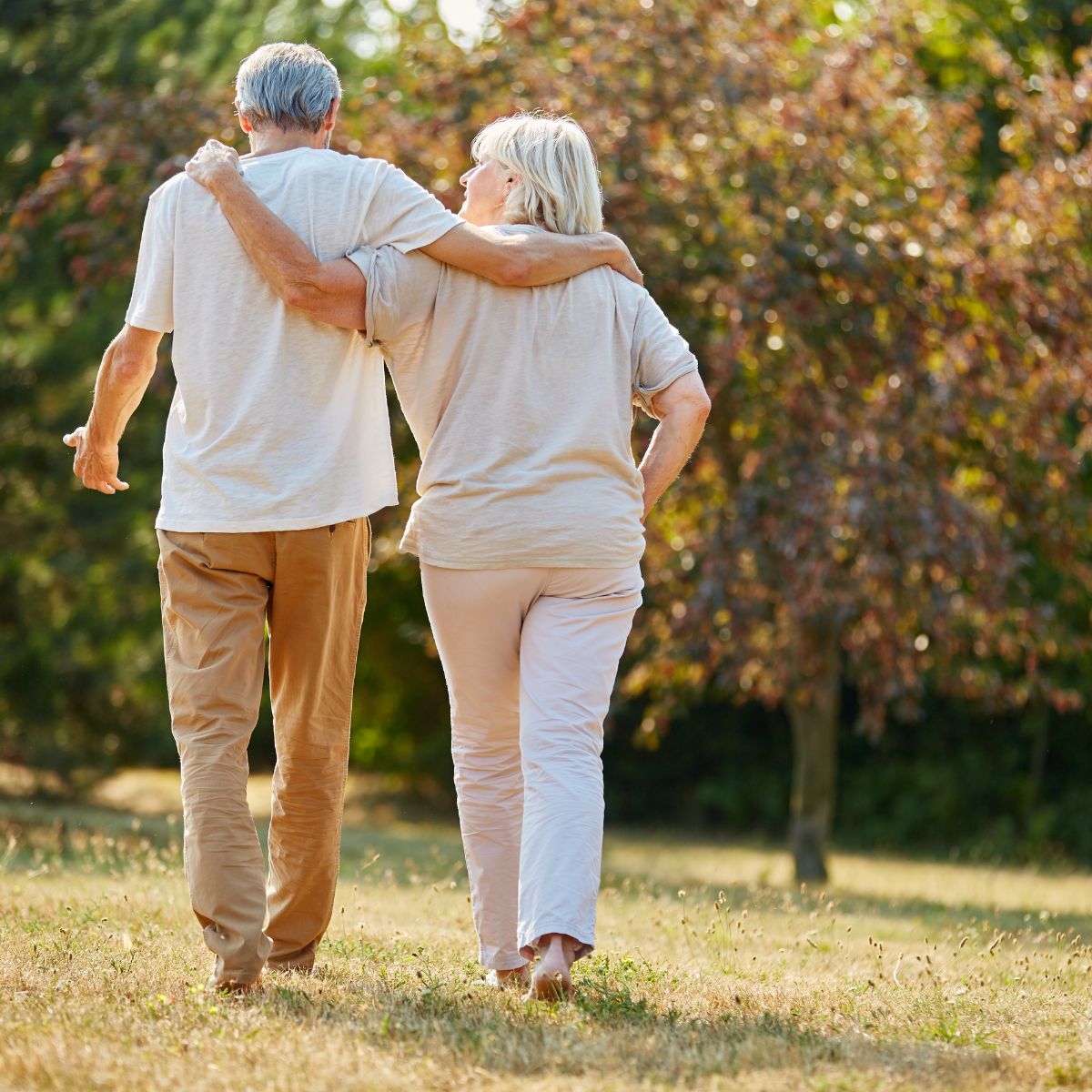
Reduced estrogen production can contribute to a gradual decrease in bone density.[37] Therefore, it is especially important that menopausal women get enough of the bone-supporting nutrients by eating well and feeling the sun on their skin. Everyone knows calcium as the king of bone health nutrients, and you can get plenty of it from plant-based foods like soybeans, kale, white beans, and collards, but vitamin D (and numerous other nutrients found in whole foods) is no less essential.[38] Indeed, research suggests that a body lacking adequate vitamin D absorbs only 10–15 percent of dietary calcium![39]
In a 2023 review, researchers enumerated the reasons vitamin D is critical to health, particularly during menopause.[40] The extensive list includes everything from maintaining the musculoskeletal system to preventing cardiovascular disease, supporting immunity, and avoiding depression. Alarmingly, 50–80 percent of menopausal women are deficient in this essential nutrient. Moreover, as the prevalence of obesity increases, vitamin D deficiency could become even more commonplace.[41]
To make sure you are not among this deficient majority, get enough regular sun exposure. In menopausal women, the skin and kidneys do not produce the biologically active 1,25(OH)2D3 as efficiently, so give yourself extra time outside—just not so much that you burn.[40]
Of course, many plant-based foods, including some unsweetened plant milks, are fortified with vitamin D, and if you live farther away from the equator, you might choose to take a supplement, as the authors of the above review recommend. But for many of us, adequate exposure to sunshine remains the best way to ensure healthy levels of vitamin D. “It is free,” wrote one author in the American Journal of Lifestyle Medicine, “and our body is able to self-regulate the amount of vitamin D it receives, making vitamin D toxicity improbable.”[42] Depending on the time of year and the pigmentation of your skin, you could get enough vitamin D in as little as 5–30 minutes a day. If you think you might be deficient, you can have your physician check with a blood test.

Healthy stress relief can play a significant role in improving your overall sense of well-being. An intervention using Mindfulness-Based Stress Reduction (MBSR) showed promise for helping menopausal patients suffering from anxiety.[43] Not only did the MBSR intervention help reduce anxiety symptoms, but it also positively affected hormone levels in the patients. Other studies, including randomized controlled trials, have reached similar conclusions about the potential role of mindfulness in improving the quality of life for women at this age.[44][45][46] That is not to say you can bypass all symptoms, of course. MBSR may prove of little use in improving sexual dysfunction, for instance.
Beyond MBSR, you might also find relief from other relaxing activities. Maybe enjoy a therapeutic massage, spend some time in nature, or connect with a community of people who have similar experiences of going through this phase of life.[47] Better yet, combine all of the above by participating in an outdoor yoga class on the beaches of the Dominican Republic!
There are many alternative approaches to managing menopause symptoms, but are they useful? The evidence supporting their efficacy varies.
In a randomized placebo-controlled study of electroacupuncture and perimenopausal insomnia (PMI), researchers found the treatment was associated with significant improvements in sleep quality—patients reported increased time asleep, sleeping more efficiently, and waking up fewer times on average—and a higher quality of life compared to the placebo group.[48] They concluded, “Acupuncture may be a safe and effective treatment for PMI and improving quality of sleep in patients with menopause and could have a long-lasting effect.”
You might wonder what such a study looks like in practice.[49] How do researchers trick study participants into thinking they’re receiving acupuncture? It turns out this is one of the challenges of assessing the effectiveness of acupuncture. The “sham acupuncture” used for placebo groups often involves using different needles, not inserting them to the correct depth, or not placing them on traditional acupressure points. However, in an analysis of this placebo protocol, researchers suggest the sham acupuncture is not as much of a sham as one would normally expect for a placebo: “Both verum [i.e., genuine] acupuncture and sham/minimal acupuncture induce a significant alleviation of pain.” Instead of comparing the effects of acupuncture to placebo acupuncture, they recommend we compare the effects against those of standard treatment.
Another challenge associated with acupuncture is that patients often respond to the treatment differently, and researchers do not have a good grasp on the factors that might explain why. In a study involving 209 women experiencing at least four vasomotor symptoms daily, they measured the percent change in the average frequency of VM symptoms throughout six months of self-elected acupuncture treatments (participants could choose to schedule up to 20 treatments).[50] Notably, there were four distinct response patterns to the acupuncture.
Before randomization, they collected information on many potential predictive factors: age, race, education level, marital status, and numerous psychosocial factors like perceived stress level. They report, “The number of acupuncture treatments in the first 8 weeks of the study was the most significant predictor of group membership.” The women who chose to do fewer acupuncture treatments were significantly more likely to end up in group four, which was the only group for which VM symptom frequency increased. Group four also had fewer symptoms at baseline, suggesting perhaps they had less to gain from the treatment.
And how predictive were these groupings beyond the first eight weeks of treatment? The two trajectories with the greatest decrease in eight weeks maintained their reduction through 26 weeks; the third group, with an eight-week change more comparable to the control group, reported an eventual 23.3 percent reduction from baseline. They concluded, “There is a subgroup of women who are likely to experience an especially rapid and strong clinical response to acupuncture. We did not identify clear predictors of clinical response to acupuncture.” More research is needed to parse the mechanisms. One review highlights the potential influence of general needling—not necessarily needling at traditional acupuncture points—on the body’s thermoregulatory systems.[51] But if it works better than doing nothing, does it matter how? Even if it’s less effective than hormone therapy at regulating VM symptoms, many women see it as a valid, safer alternative.[52]
Other frequent courses of treatment used as complements for managing menopausal symptoms include magnets, reflexology, and homeopathy, but there is very little if any evidence to support their effectiveness.
In a randomized, placebo-control pilot study, researchers found that magnet therapy was significantly less effective than placebo in both subjective and objective measures.[53] Additionally, more than half of the participants experienced adverse skin reactions or itchiness due to the adhesive keeping the magnets or placebo devices attached to the skin.
Anecdotal evidence suggests that reflexology might be useful for managing various health conditions. And because it is a non-invasive, non-pharmacological option, many people see it as a low-risk choice. Nevertheless, despite increasing interest, the evidence supporting its efficacy is not well established.[54][55] Results of one study showed foot reflexology was no more effective than foot massage in reducing hot flash frequency, severity, or other menopausal symptoms.[53] Outcomes in both groups improved over time, possibly because of the soothing foot massage.
Finally, some claim that homeopathy—the system of practices developed since the late 18th century, beginning with the work of the German doctor Samuel Hahnemann—can effectively alleviate menopausal symptoms, including hot flashes.[56] A 1991 metanalysis of 107 controlled trials published in the British Medical Journal concluded that there was a legitimate case for further research on homeopathy, but the researchers demanded a higher methodological quality for future experiments.[57] These conclusions were echoed six years later: “Our meta-analysis [results] are not compatible with the hypothesis that the clinical effects of homeopathy are completely due to placebo. However, we found insufficient evidence from these studies that homeopathy is clearly efficacious for any single clinical condition.”[58] They called for more research, “provided it is rigorous and systematic.” A review yet another six years later found two uncontrolled studies supporting the potential effectiveness of homeopathic treatments for hot flashes, but those studies were limited and failed to describe any plausible mechanism for how the treatment worked.[53] We are still waiting to learn how this works—if it does at all. Although the side effects of homeopathic remedies may be minor compared to prescription drugs, the evidence remains very weak.[59][60]
Copyright 2024 Center for Nutrition Studies. All rights reserved.